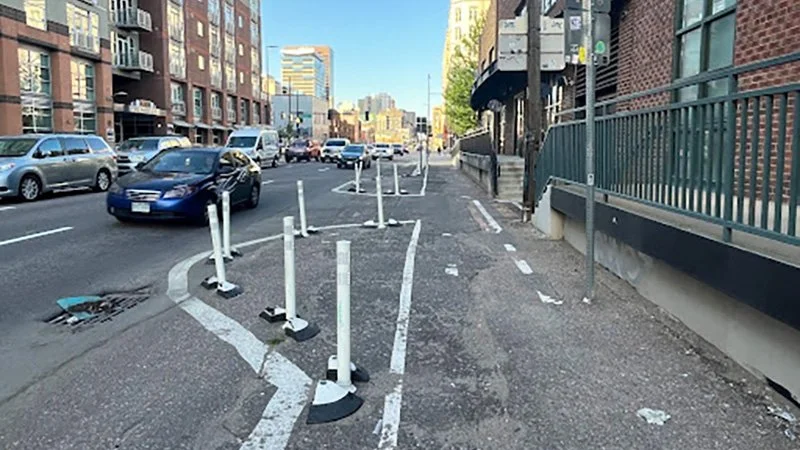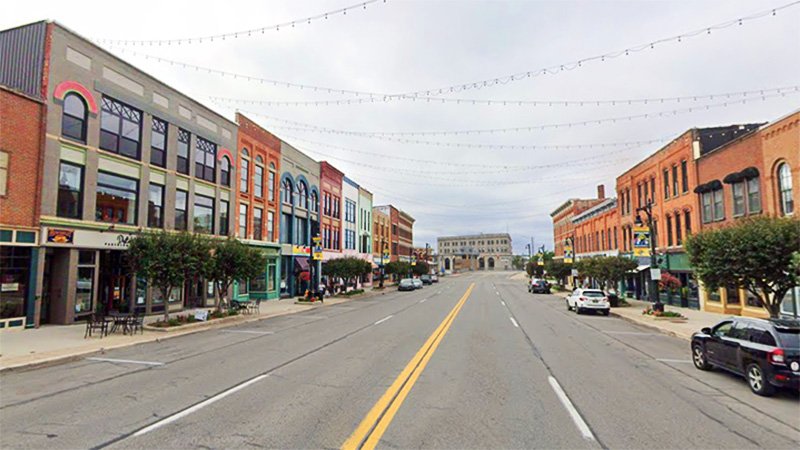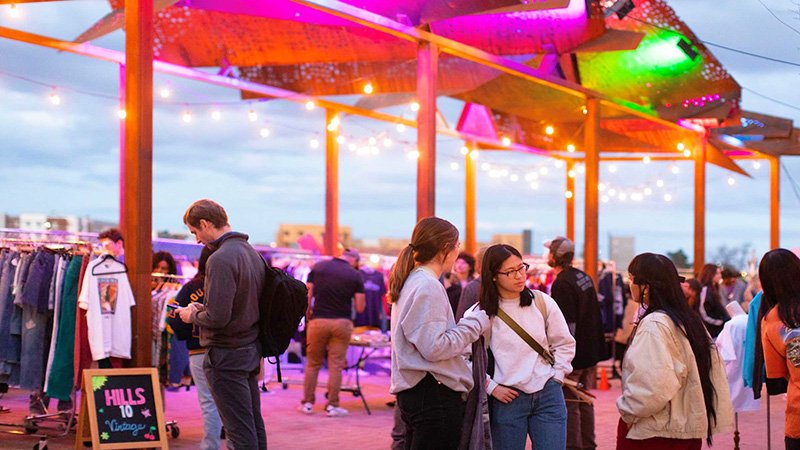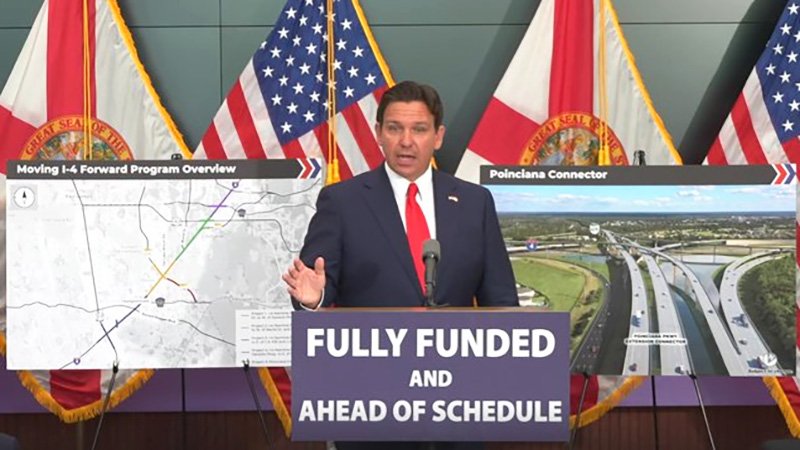In recent years, Strong Towns ideas have started permeating the wider culture at an increasing rate. But even as many cities and organizations embrace the movement and create real, positive change, others twist it to serve their own agendas. Now more than ever, advocates must uphold the true principles that build strong towns.
Read MoreBeing a member of the Strong Towns movement isn’t just about increasing your knowledge of city planning and what your town can do better. It’s also about allowing that knowledge to affect your own behavior. No change is cheaper than behaving in a way that helps everyone get home safely
Read MoreBeing an advocate for safer, more resilient cities means going up against big obstacles and decades of momentum. It can seem overwhelming, but change is already happening across North America. Here’s how local heroes are making their cities stronger.
Read MoreWhen trying to make a walkable and vibrant street, urban planners often think in terms of hard infrastructure like road width and crosswalks. But soft infrastructure, specifically flowers and other colorful plant life, plays an important role as well.
Read MoreRecently, the city of Winnipeg, Canada, decided to ban on-street parking near a dangerous intersection, hoping that wider sight lines would reduce collisions. The process the city used to create this plan, as well as the discussion it triggered with the public, offers insights for advocates hoping to make their streets safer.
Read MoreEast Grand Avenue in St. Paul, Minnesota, manages to maintain a unique and magical sense of place even while being car-centric. Here’s how it does it, and how other cities can design their built environments to capture that sense of place.
Read MoreWhen discussing redevelopment, street design isn’t what most people think of. Since North American streets are often built to completion, this kind of incremental approach seems alien. But it’s exactly what cities need to improve their economic, social and environmental conditions.
Read MoreWhen fighting the housing crisis, you need to get creative. Toronto is doing just that. Not only have they created a partnership between public officials and private developers, but they’ve also identified a valuable urban resource that often flies under the development radar: transit property.
Read MoreHow do you get more people to ride bicycles? This is a question that plagues every cycling enthusiast, advocate and industry member. Bob Giordano of Missoula, Montana, has a simple answer: Give them a bike.
Read MoreCity engineers rely on faulty logic and misrepresentations to maintain the status quo. This was made blatantly clear in a recent letter from the City Engineers Association of Minnesota (CEAM) — and it’s why a growing number of engineers are breaking from the party line to support reform. Here are CEAM’s top four arguments against parking reform and why they’re wrong.
Read MoreThe lament, “There’s nothing to do here,” might sound like teenage grumbling, but there may be more wisdom to it than meets the ear. Maybe we should look at our cities through the lens of organic social activities, both because they're enjoyable and because it gives us a chance to reconsider our values and the relationship between our design choices and our community’s social life.
Read MoreVison Zero is supposed to represent a commitment to achieving zero traffic deaths, but it often devolves into empty platitudes — even when public officials genuinely support it. That’s because they’re looking for solutions in the wrong place. Instead of blaming individual drivers, officials need to look at the root cause of most traffic deaths: the contradictory design of city streets.
Read MoreTrying to decide on your next smallest step? Chances are, your city already has systems in place to address infrastructure concerns. Strong Towns member Danny Williams demonstrates how you can use those systems to produce positive change.
Read MoreAn initiative that encourages people to use a bike instead of a car seems like a good thing, but does National Bike to Work Day actually encourage bikeability?
Read MoreEconomic productivity, cost-effectiveness and safety: stroads fail at all three. Advocates in Port Huron, Michigan, are working to make their city recognize that, so they can turn the dangerous Huron Avenue into a thriving community center.
Read MoreFrom arbitrary restrictions to overly harsh penalties, many homeowners associations (HOAs) do little to endear themselves to their neighborhoods. But your city may have more responsibility for these conditions than you realize.
Read MoreAt 75, she didn’t think she’d spend her time fighting freeways, but that’s exactly where Susan Graham finds herself. Founder of Stop TxDOT I-45, Graham has been fighting highway expansion in Houston for almost five years — and she’s nowhere near done. (Get to know Graham before she brings her knowledge to the national stage at the Strong Towns National Gathering, May 14-15!)
Read MoreThere used to be an article about Culdesac here. It was a poor representation of Strong Towns ideas, and after some consideration (and it being referenced in an ongoing conversation about development) we decided to retract it. Please enjoy these recommendations instead.
Read MoreFlorida Governor Ron DeSantis signed legislation to accelerate road projects, claiming it will make driving less miserable. However, driving in Florida isn’t miserable because of a lack of roads —it’s miserable because the road network is designed in nonsensical, dangerous ways that increase congestion and make it impossible to drive anywhere in a straight line.
Read MoreIn a frustrating move for road safety advocates, Washington, DC’s, Department of Transportation has canceled its plans to add bike lanes to a major city street. The decision comes after years of delays and despite the approval of all affected advisory commissions.
Read More



















